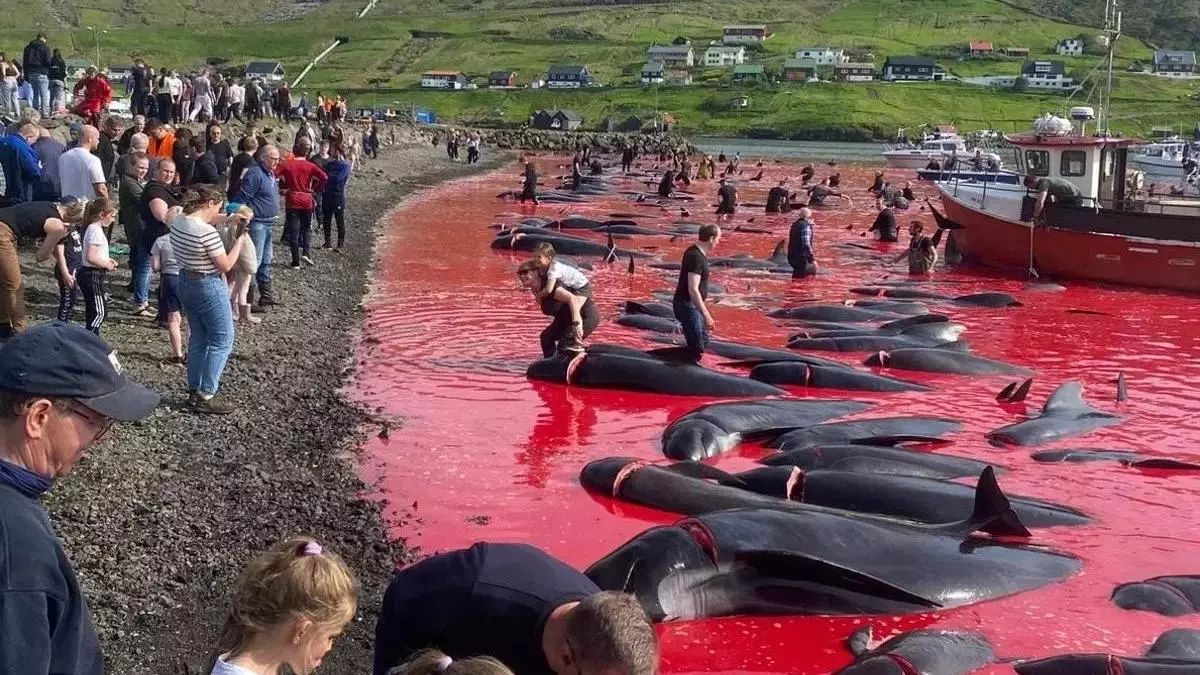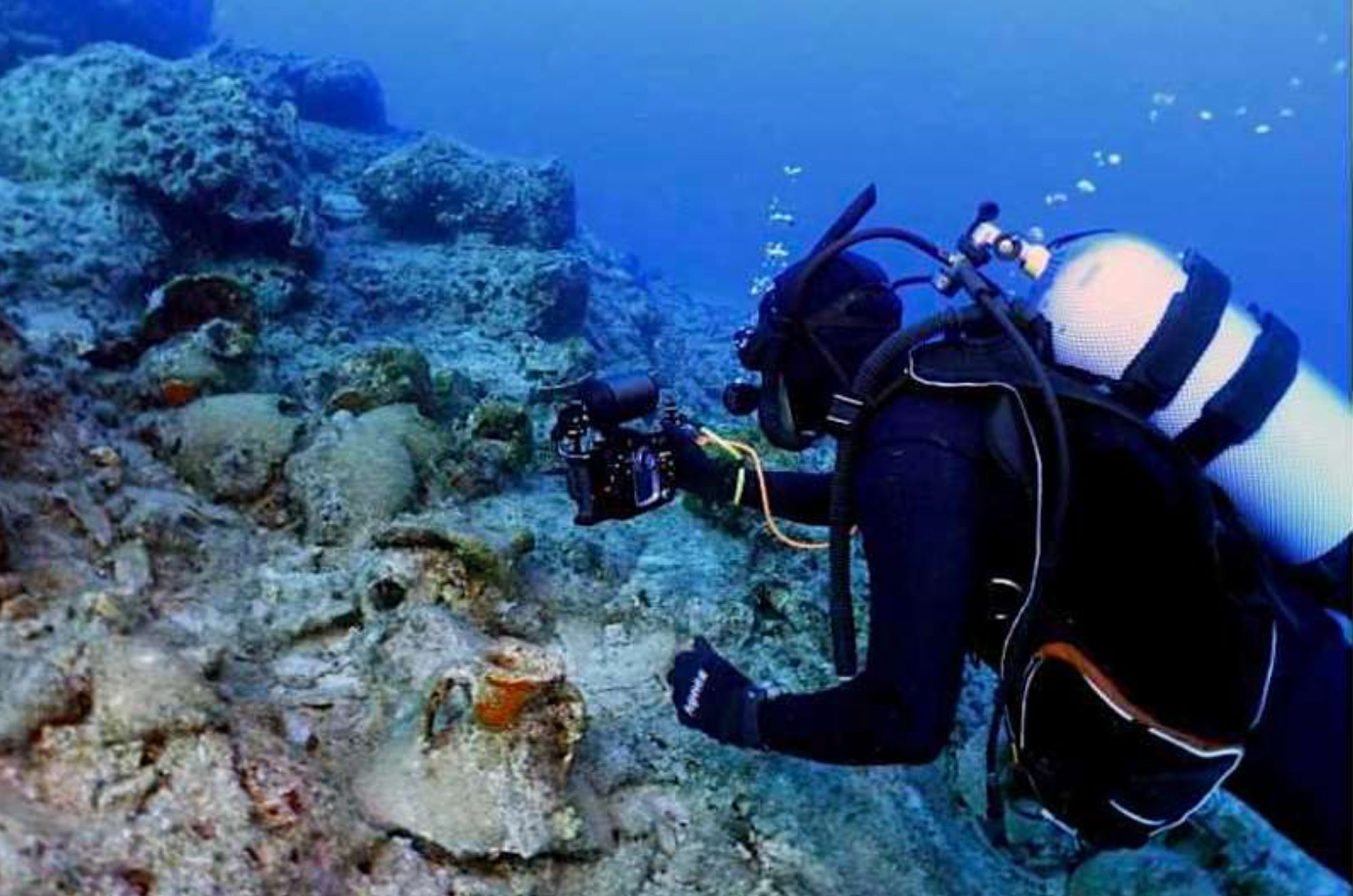Sea color is changing due to climate change
- Sea color has changed in the last 20 years. It is the result of changes in marine surface ecosystems due to climate change, according to a study published in Nature.

Satellite measurement is the only way to obtain worldwide time series for marine ecosystems, as it is the only way to carry out measurements at the required scale. And satellites have been measuring sea color for decades. Most of all, chlorophyll has been monitored to date, but it is estimated that it takes more than 30 years to detect climate change through chlorophyll.
However, in this study, they propose that changes are perceived more quickly by measuring reflectance. It's a way to measure sea color that allows you to deduce chlorophyll concentration and the state of ecosystems. They look at the 20-year data and they see that during that time color has changed, making it generally green.
Researchers conclude that this change in color is a reflection of changes in planktonic communities and is being produced by climate change. In addition, given the importance of plankton in marine food chains and in carbon accumulation, researchers have emphasized the importance of being able to detect changes occurring in these ecosystems.
It would not be wrong to remember the risks of water at this time when we are completely submerged in the summer of 2024. In general, we all remember wonderful moments in aquatic areas, but periodically, some tragic news moves us in the headlines of the media. To think that... [+]
In 2019, in the waters of the Greek island of Cases, the National Hellenic Research Foundation and the Greek Ministry of Culture began a study. The result of the work has been recent and in total ten traces of boats have been found at different times. The oldest is about 5,000... [+]
Plastikozko 25.000 kilo bolatxo isuri zituen Galiziako kostaldean Toconao itsasontziak abendu hastapenean. Ordutik, kutsadura horrek euskal kostaldean ukan dezakeen eraginari aitzina hartzeko, Euskal Hirigune Elkargoa eta Eusko Jaurlaritza erne ezarri dira. Elkargoak,... [+]






















